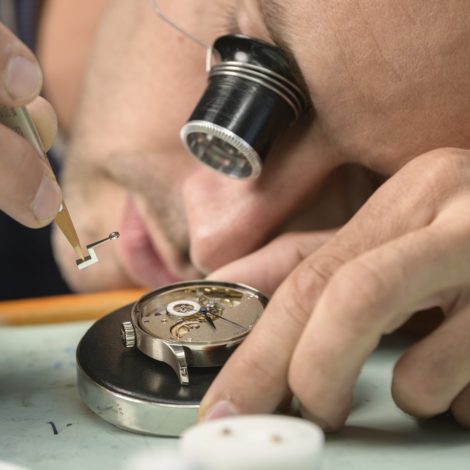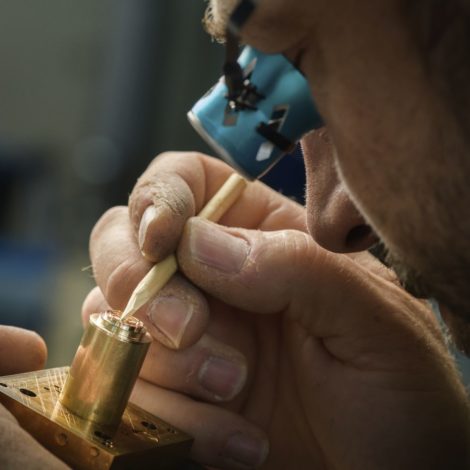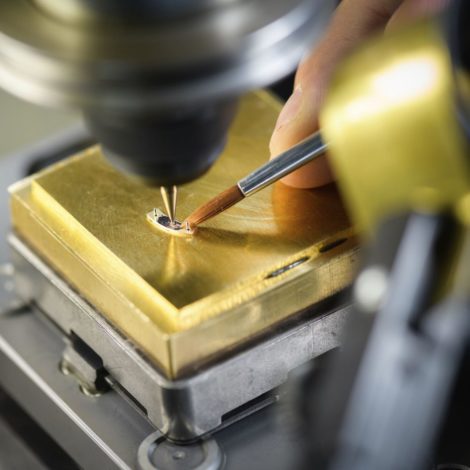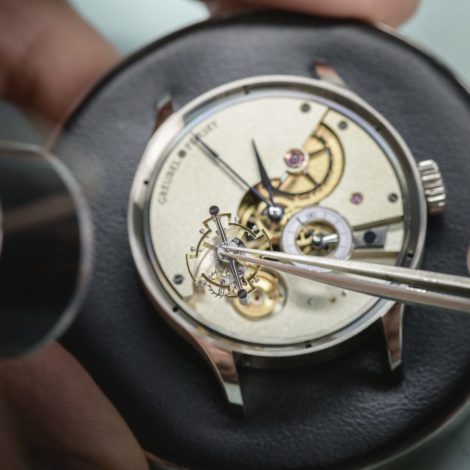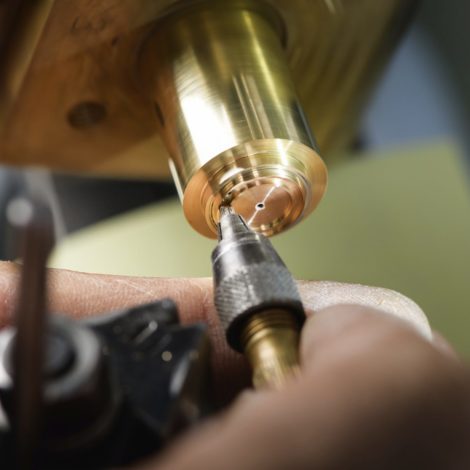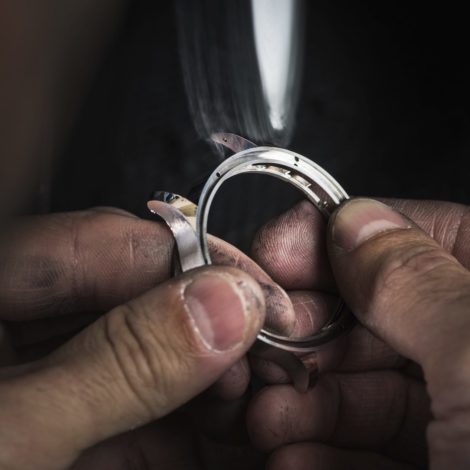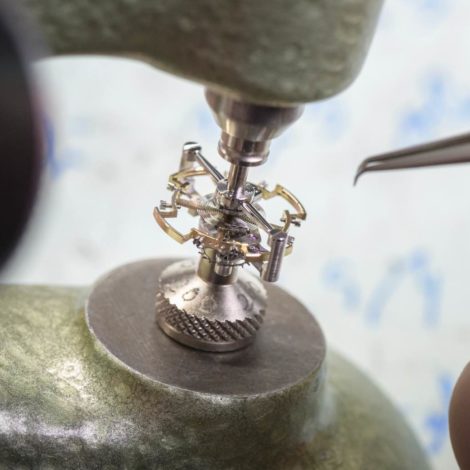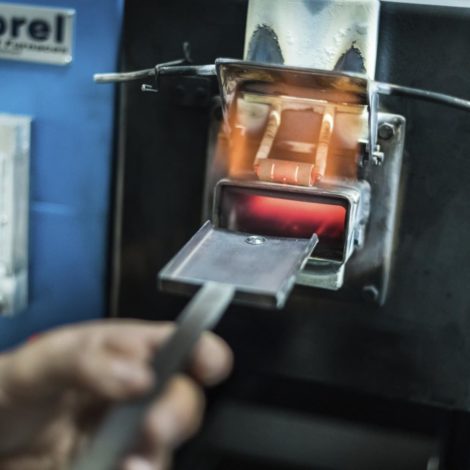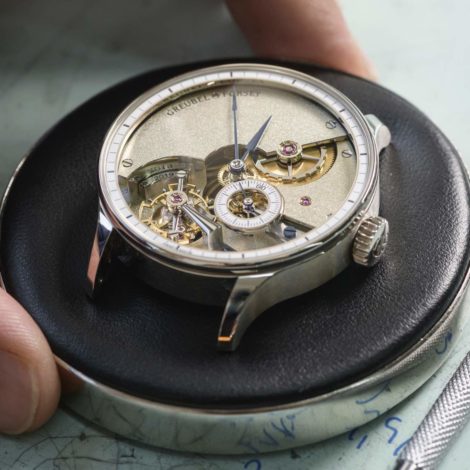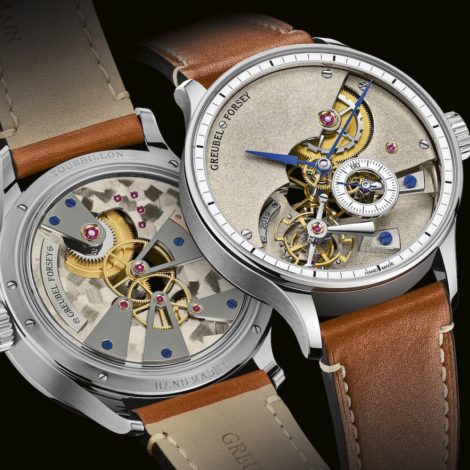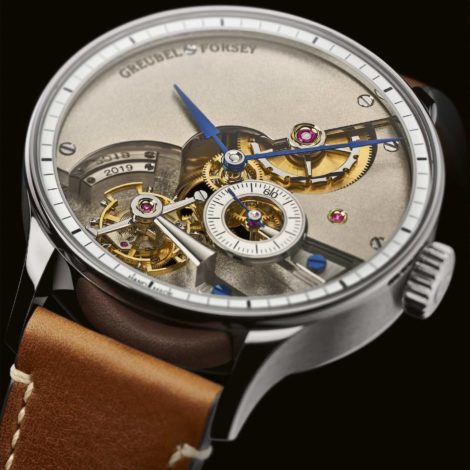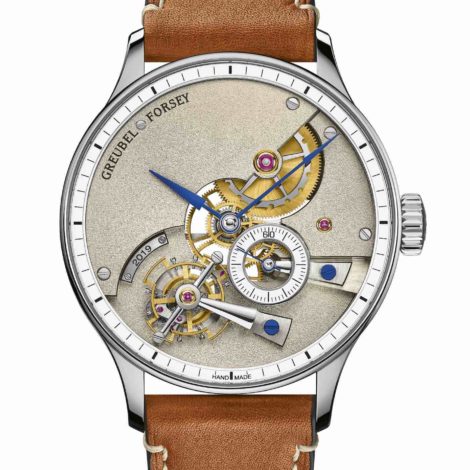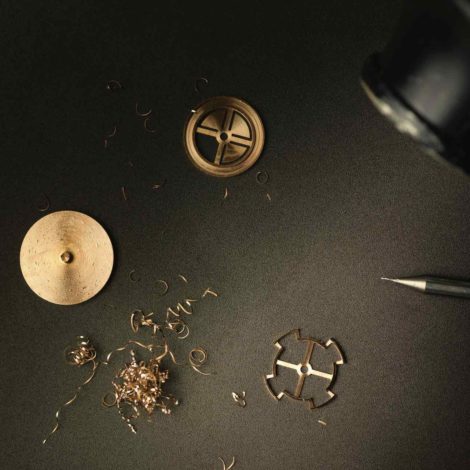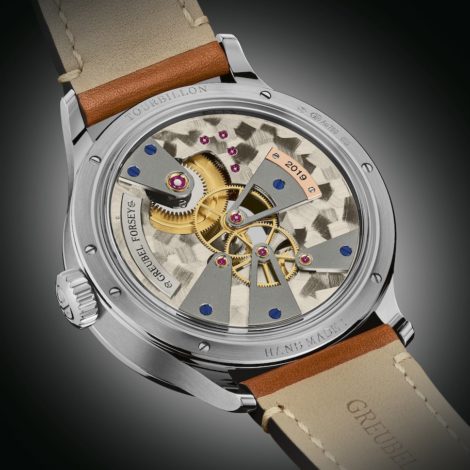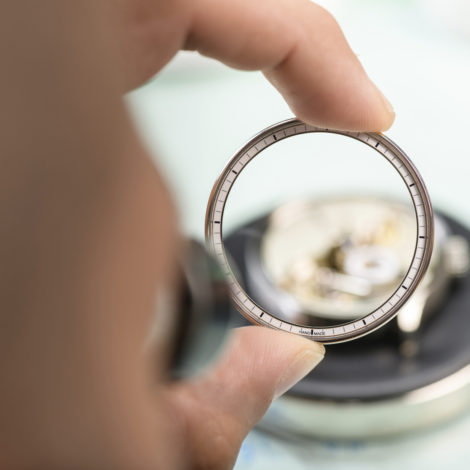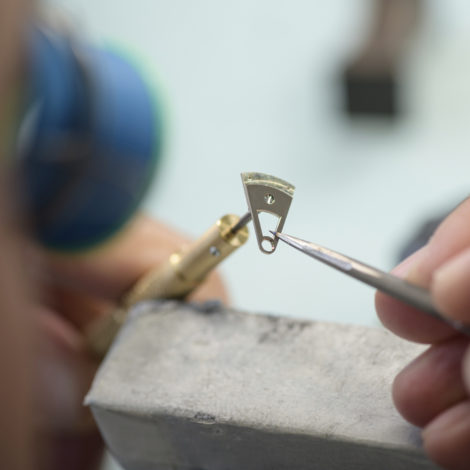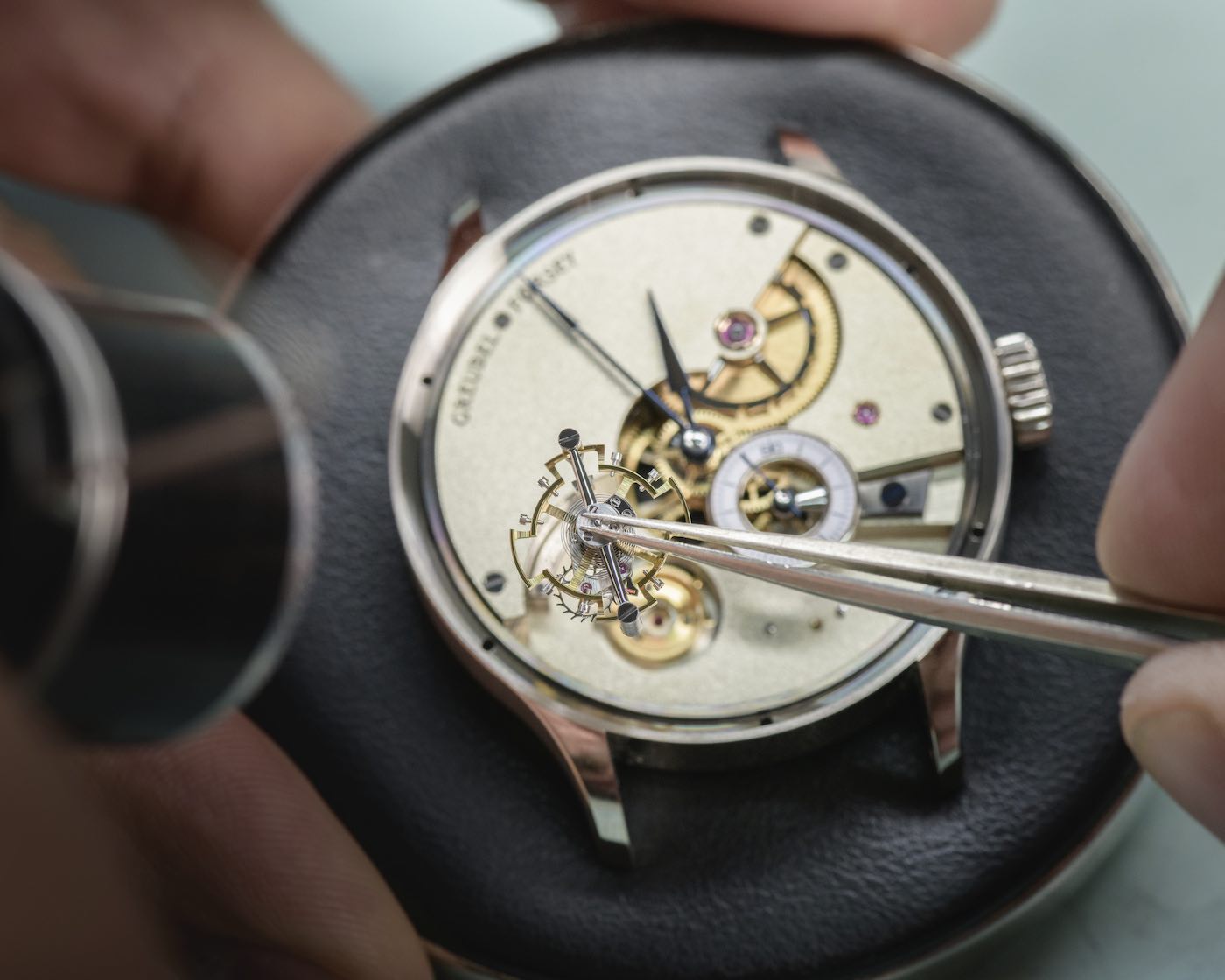
Mechanical watchmaking is, however anachronistic, an art form. It’s technically mindblowing. The more you study it, the more you find yourself shaking your head that it’s even possible. After a while, it all starts to seem so simple that it is easy to forget the multitude of operations occurring simultaneously on your wrist. Until that is, a project like the Greubel Forsey Hand Made 1 Watch comes along and transports you to right back to the beginning, encouraging you to appreciate every second, every drop of sweat, and every ounce of patience that goes into creating something so wonderful.
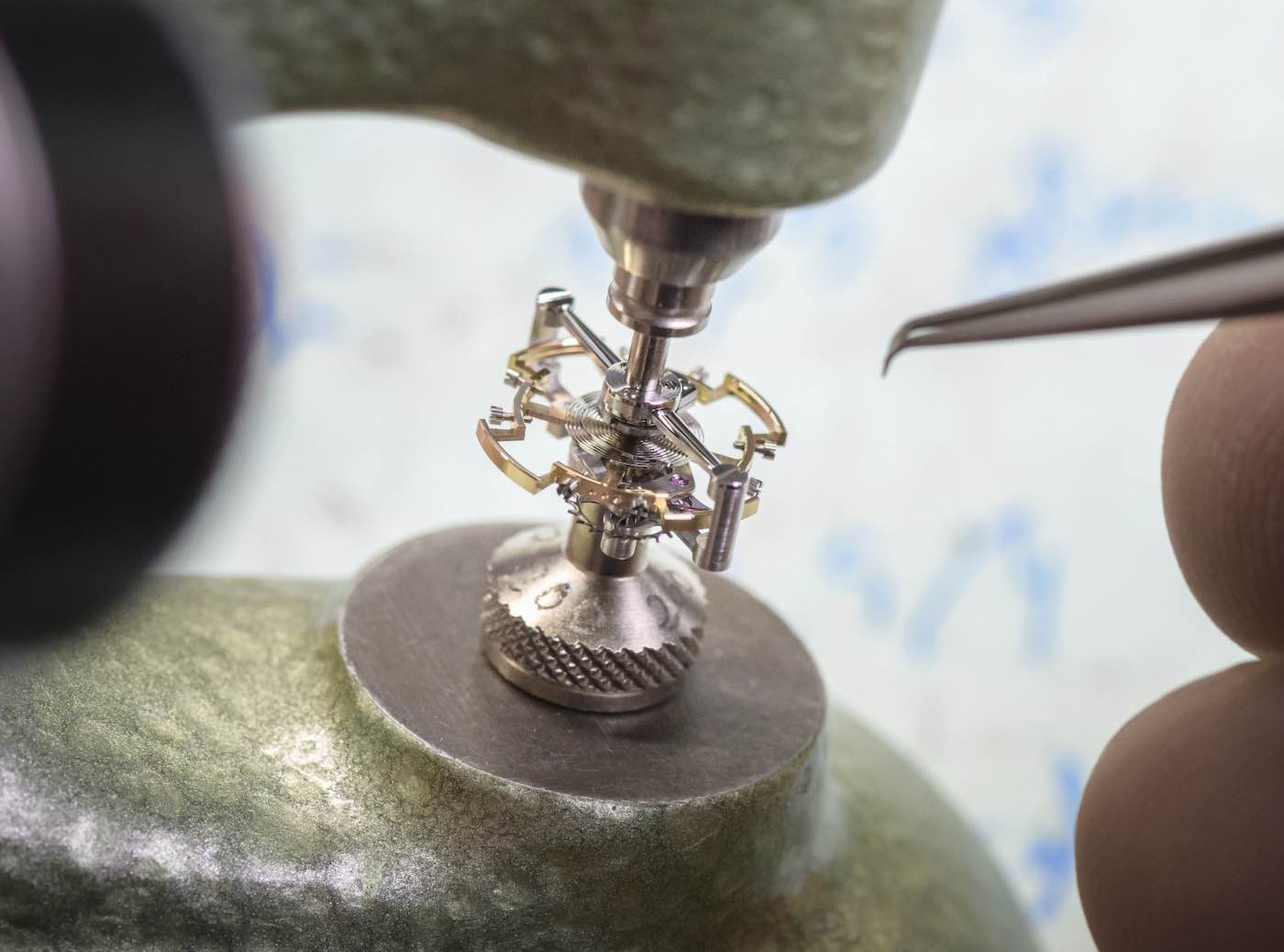
Very few watches are entirely handmade. If you believe in the Daniels Method (as laid out by the late, great George Daniels) there are 34 separate trades that go into the creation of a wristwatch. Each one could consume a career. Attempting to master them all is a feat few undertake (Daniels himself managed 32 in his lifetime). It is almost as rare for a single Maison to attempt to bring this many craft skills under the same roof. But, with the Hand Made 1 project, that is exactly what Greubel Forsey has done. The result? Unique (really unique) watches with 95% handmade components, crafted for end customers whose dreams and desires can be implemented throughout the creative process. This is truly bespoke watchmaking on another level. This is, perhaps, a glimpse of an even less accessible future for the highest-end of our craft.
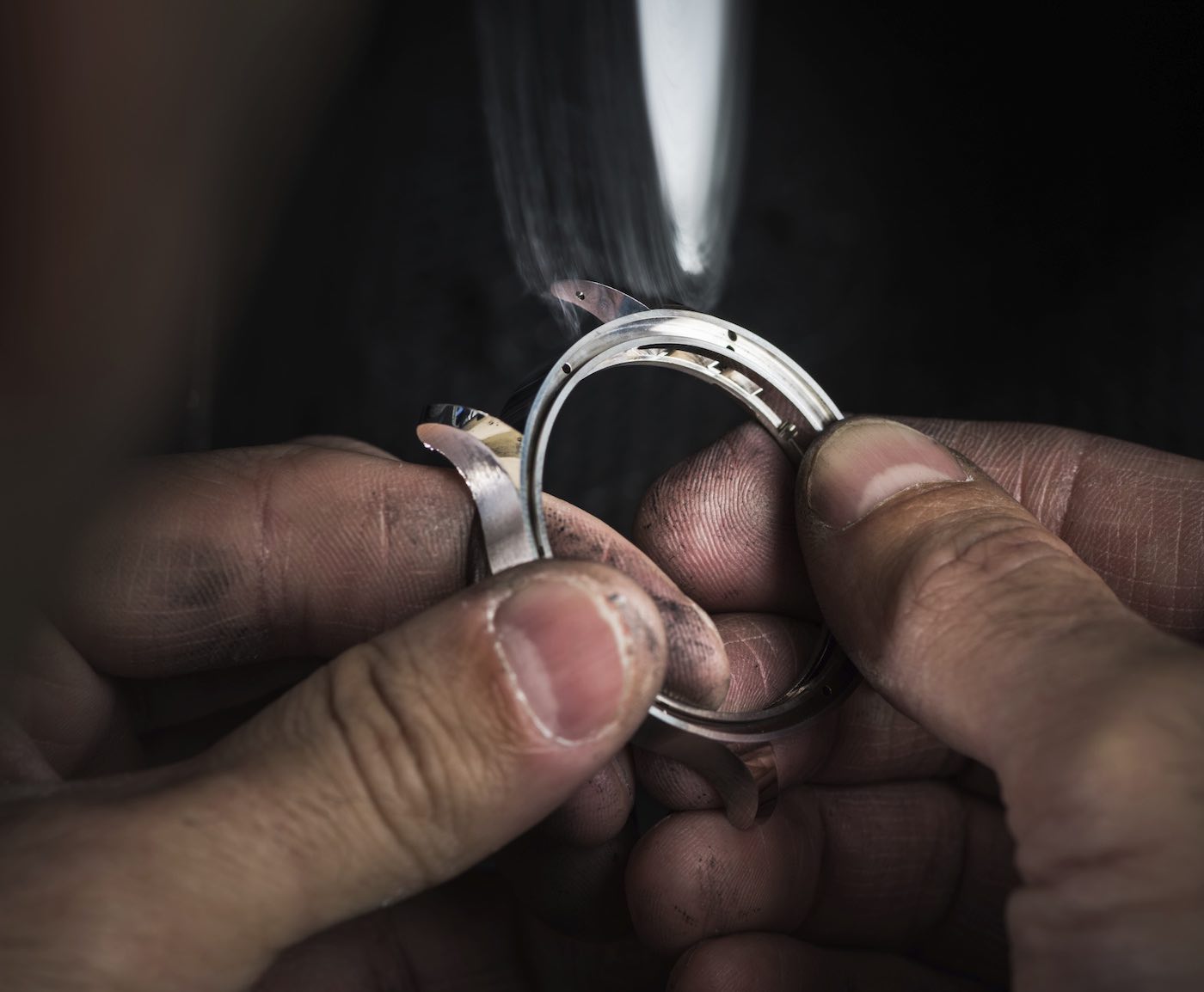
So, if you’re anything like me, the first question that pops into your head whenever you hear stats like “95% percent hand made” is “what about the other 5%”? The answer? Only the sapphire crystals, the case gaskets, the spring-bars, the jewels, and the mainspring are made using more industrial techniques.
Impressively, however, that means that the hairspring is actually one of the components made in-house, using only hand-operated tools. That kind of claim goes some way to explaining why it takes around 6,000 hours of work to create one of these timepieces. To put that into a more digestible figure, that equates to three years worth of work.
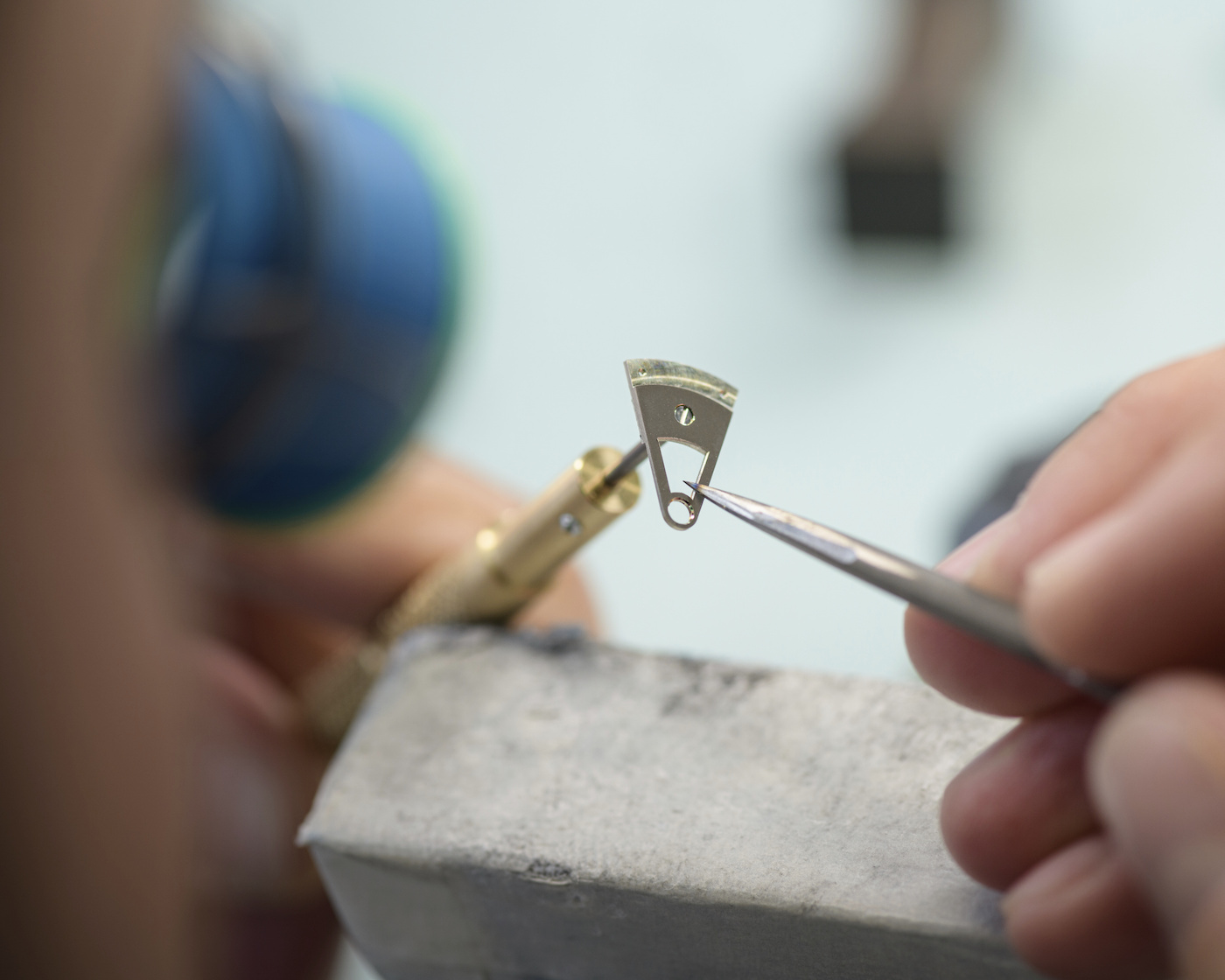
The inspiration for this massive undertaking came from the lack of traditional skills being taught in schools these days thanks to the age of industrialization and mass-production making many of them obsolete. Artisanal craft skills are very important to brand founders Robert Greubel and Stephen Forsey, who both have extensive experience of creating specialized components by hand.
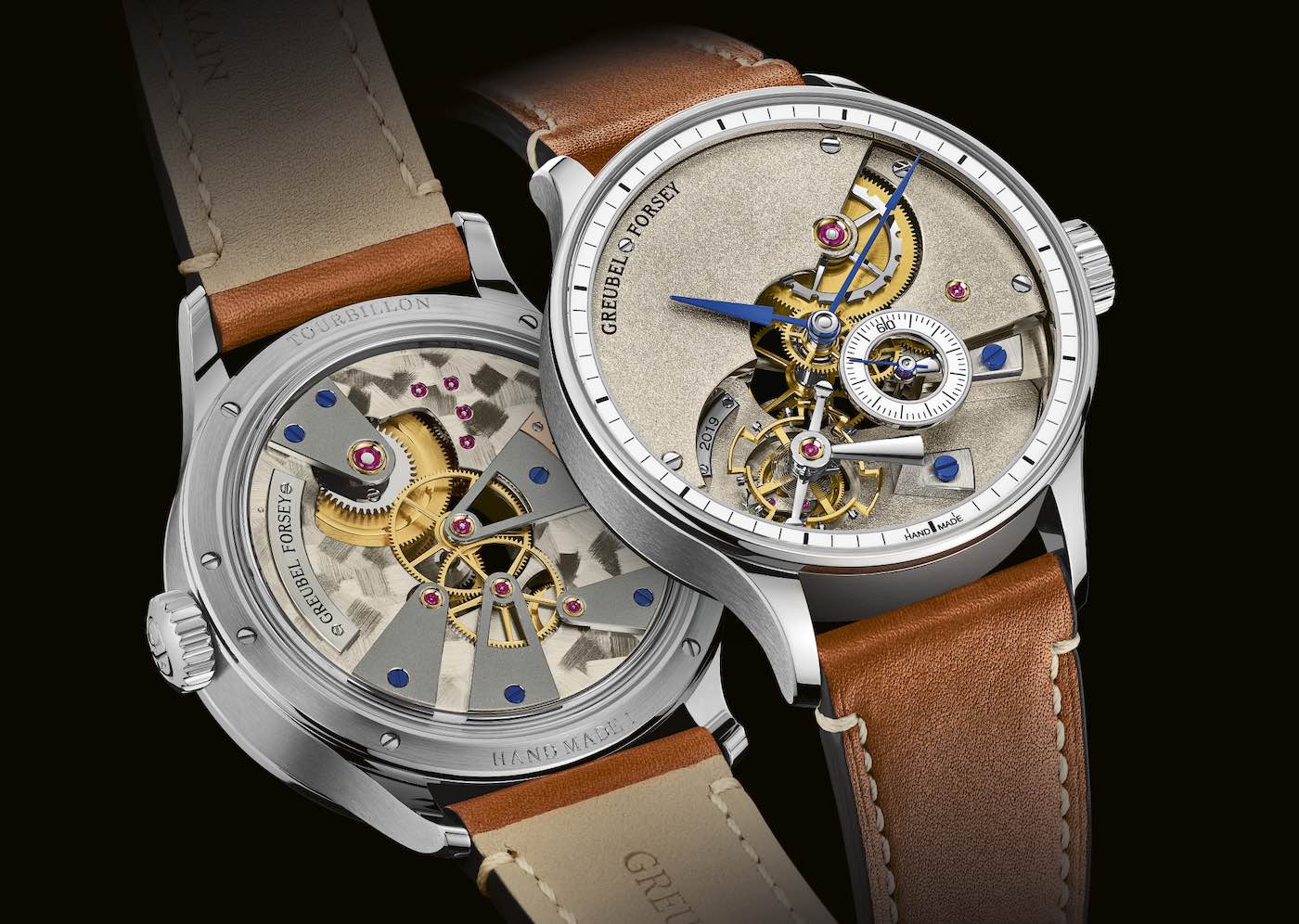
Greubel Forsey’s credentials need no introduction. The brand’s tourbillons have become industry benchmarks, while its willingness to explore new, more avant-garde areas of technology has marked the brand as one on the move, always ready to consider the next step in watchmaking, while keeping an eye (and, most crucially, a hand) on the past.
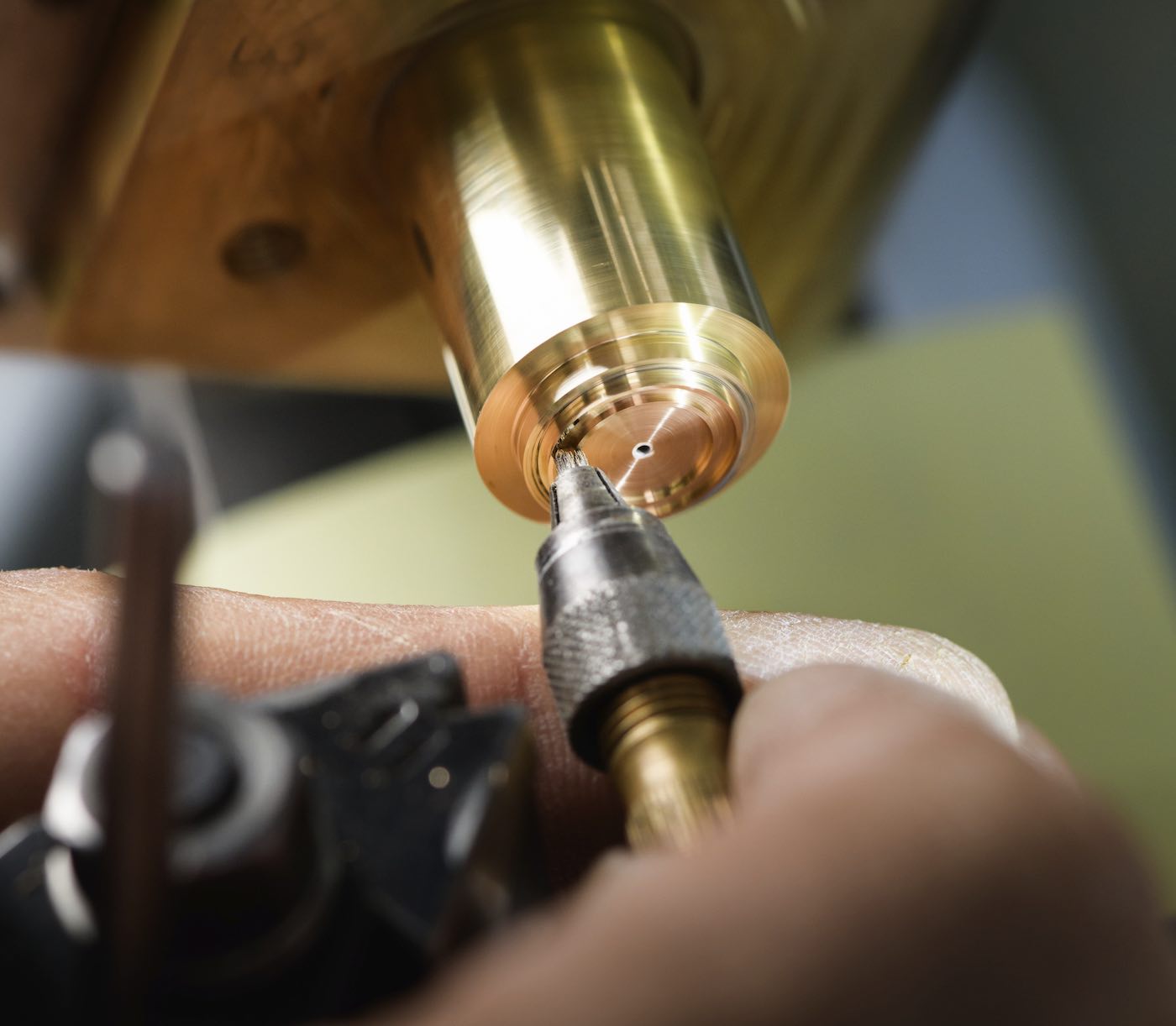
To ensure the result of the Greubel Forsey Hand Made 1 project is a success, Greubel and Forsey have assembled a team of world-leading talents in each required field. Together, these artisans have created 272 movement components and 36 case parts. The task was made harder by the brand’s desire to keep the white gold watch case within very wearable proportions, resulting in a 43.5mm diameter and a thickness of 13.5mm.
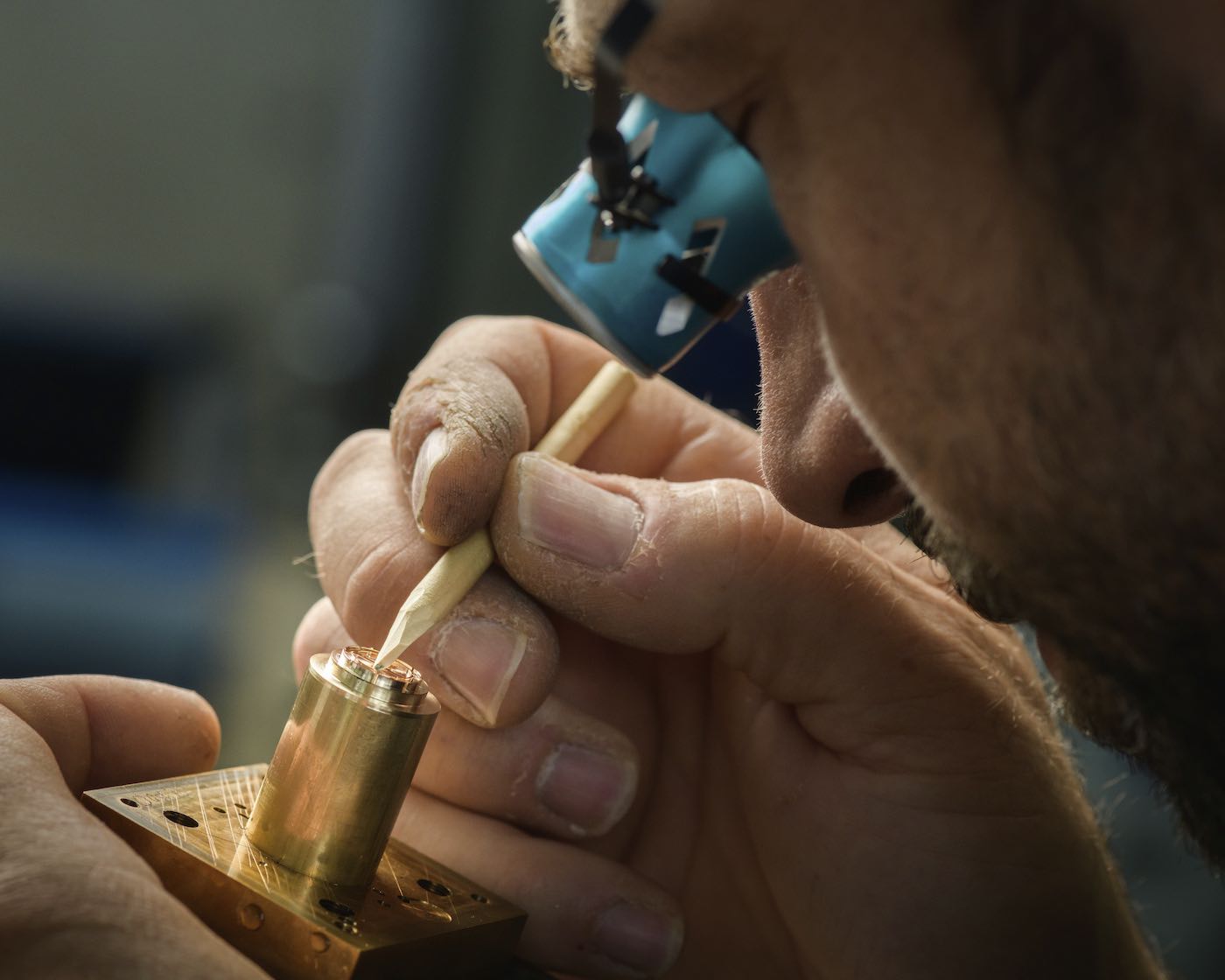
And while those component numbers sound impressive, the QC failure rate when creating parts this way is massive. Almost three times as many parts were created, with over 500 winding up in the trash. For example, the tourbillon cage took a staggering 35 times longer to finish than it would have done if created with modern techniques.
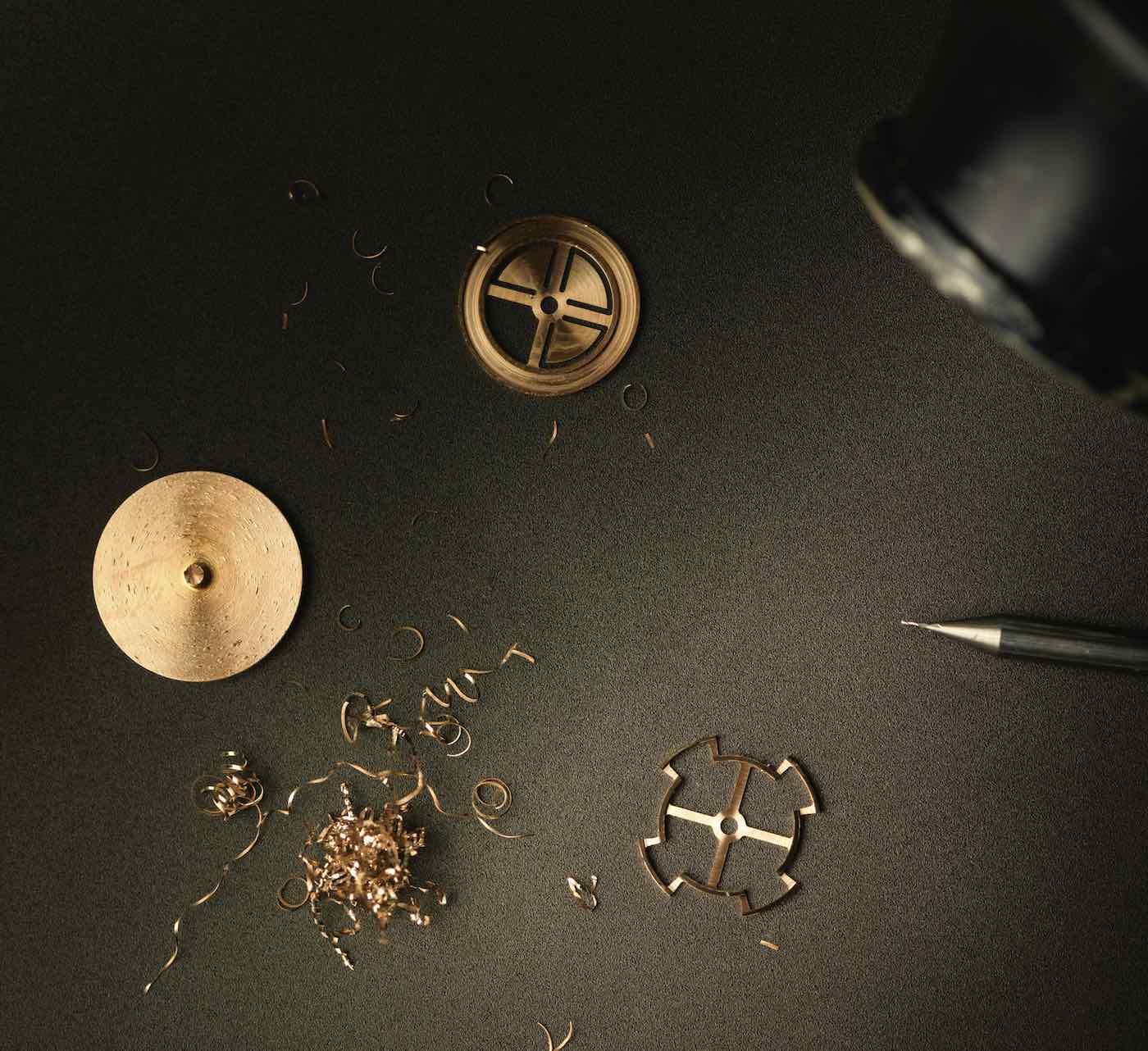
Greubel Forsey aims to create just one or two such pieces a year, setting a new standard that the industry will surely take note of. How this endeavor goes on to transform the upper echelons of watchmaking remains to be seen, but with this announcement likely to generate a waiting list decades-long, it seems plausible that other similarly ambitious brands may try and fill the void by directing resources towards a similarly exclusive project. Given the absolute uniqueness of each project, and the uncertain length of time or material costs involved, there is no official pricing available, but according to a client of the brand’s (who wished to remain confidential), the Hand Made 1 will likely cost its eventual owner somewhere between a cool $600,000 and $800,000. And if you need one final tidbit to convince you to reach for your checkbook, the “Swiss Made” mark one would normally expect to find at 6 o’clock has been replaced with the words “Hand Made”. One final reminder of the time and effort that went into creating this excellent ambassador for modern watchmaking. Learn more at greubelforsey.com.

